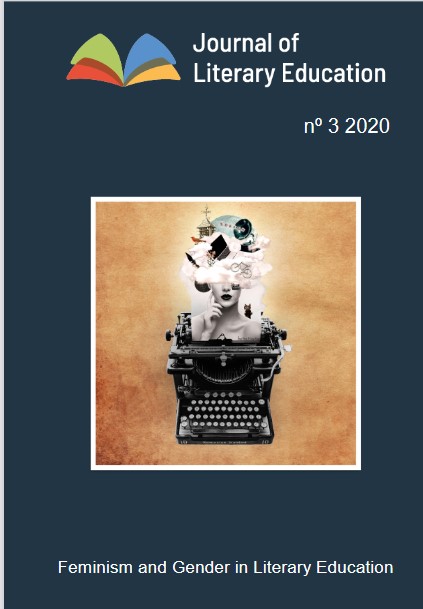L’abito immaginato. Abbigliamento e identità nell’albo illustrato moderno
DOI:
https://doi.org/10.7203/JLE.3.17235 Abstract
Abstract
The essay focuses on the examination of a selection of children’s picture books on the theme of clothing as an element of identity and as a means of personal and social transformation. The gender stereotype has always deprived children of the freedom to imagine themselves different from the imposed social model. Modern quality literature aims to free childhood from these constraints through stories that encourage the free expression of one's personality. "Clothing and childhood" is one of the binomial in which these themes appear most evident. While developing different plots, each selected book tells a story enriched by several levels of reading, more or less evident, and this is also due to particularly accurate illustrations, capable of adding further nuances to the text. Furthermore, even if characterized by the symbolic presence of clothes, these picture books do not make them the narrative fulcrum. In each of these case studies, clothing becomes a pretext for a journey of self-discovery and affirmation of one's individuality in the world. These case studies are a concrete example of the potential of the picture book as a vehicle of complex concepts and stratifications of complementary or parallel meanings that emerge from the dynamic relationship of the text with the image. Each double page opens multiple, free interpretative paths that can be taken at each reading, as the eye catches new aspects and the thought opens up to new discoveries. The imaginary dress is therefore one of the many parallel topics that it was possible to address through these books, with which the possible interpretations of clothing in children's literature have been explored, highlighting above all how much garments are objects charged with metasignification or with projections of a identity in formation such as the one of children.
 Downloads
Downloads
Downloads
Published
-
Abstract600
-
PDF379
Issue
Section
License
![]()
This work is licensed under a Creative Commons Attribution-NonCommercial-NoDerivatives 4.0 International License.
Authors who publish with this journal agree to the following terms: Authors retain copyright and grant the journal right of first publication with the work simultaneously licensed under a Creative Commons Attribution License that allows others to share the work with an acknowledgement of the work's authorship and initial publication in this journal. Authors are able to enter into separate, additional contractual arrangements for the non-exclusive distribution of the journal's published version of the work (e.g., post it to an institutional repository or publish it in a book), with an acknowledgement of its initial publication in this journal. Authors are permitted and encouraged to post their work online (e.g., in institutional repositories or on their website) prior to and during the submission process, as it can lead to productive exchanges, as well as earlier and greater citation of published work (See The Effect of Open Access).



